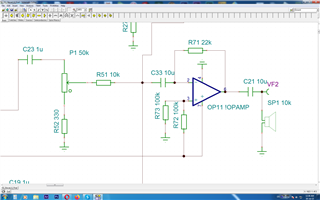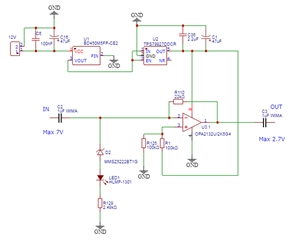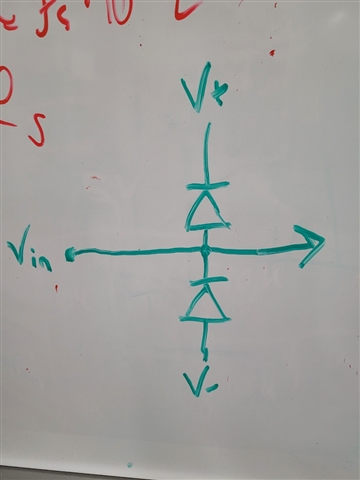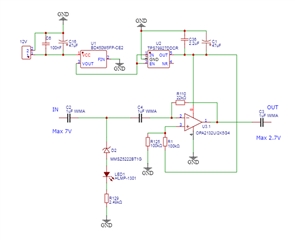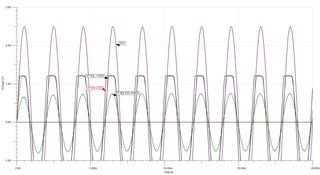Hello!
I faced such problem. The maximum output voltage from the equalizer can reach 7V. Further, this voltage is applied to the blocks of various effects. The input voltage of these blocks is in the range from 1.1V to 2.5V. Is it possible to use a limiter to limit the voltage? It is required that it has a tunable response range and an indication of reaching the threshold value. Perhaps you have such a scheme?
Main battery 12v. Power supply unipolar.
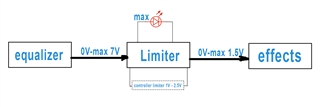
Perhaps there is such a scheme on the operational amplifier? I would like to have as few THDs as possible. Such limiters are used several times in my device.
Thank you so much for everything! Good luck with everything!


